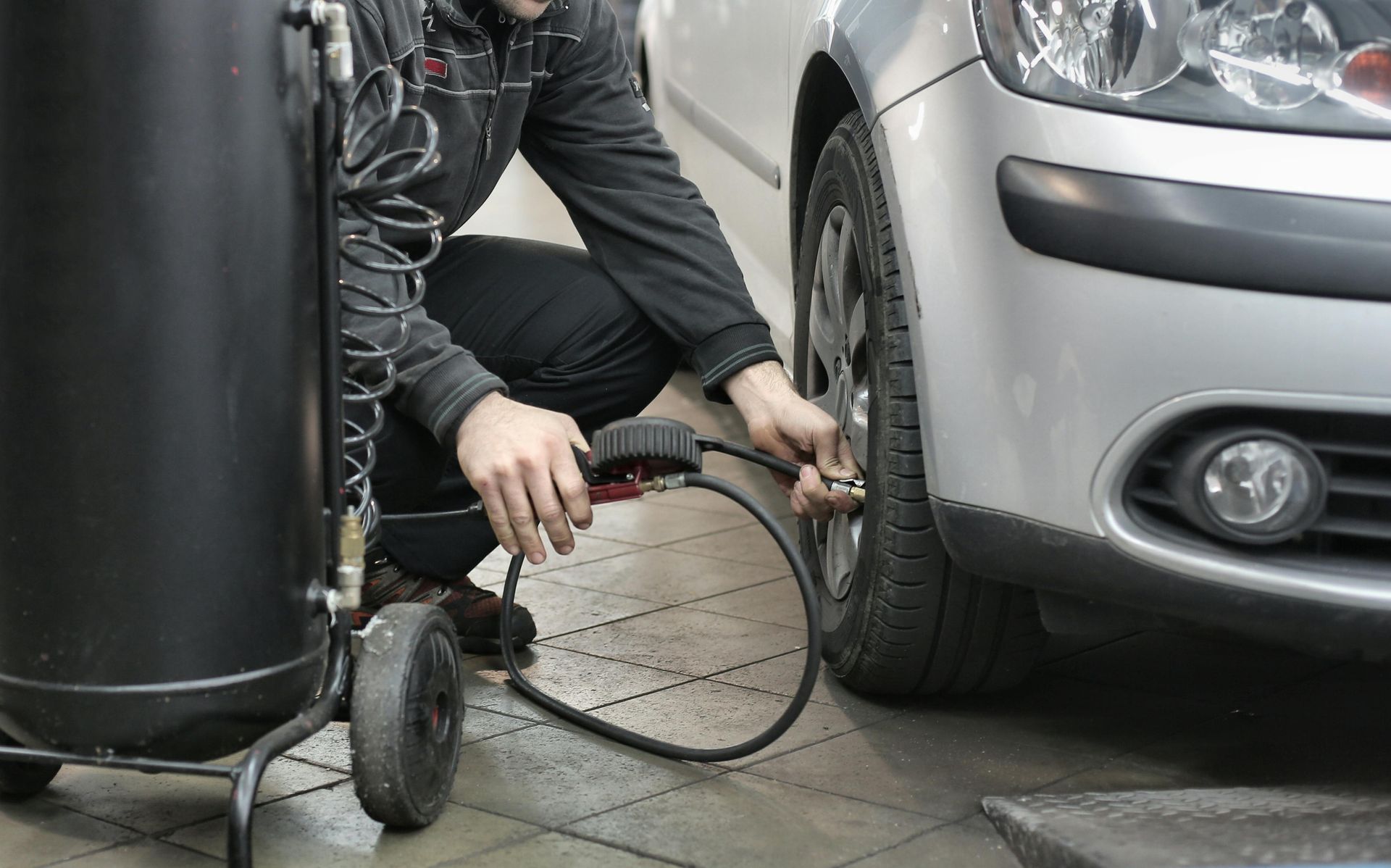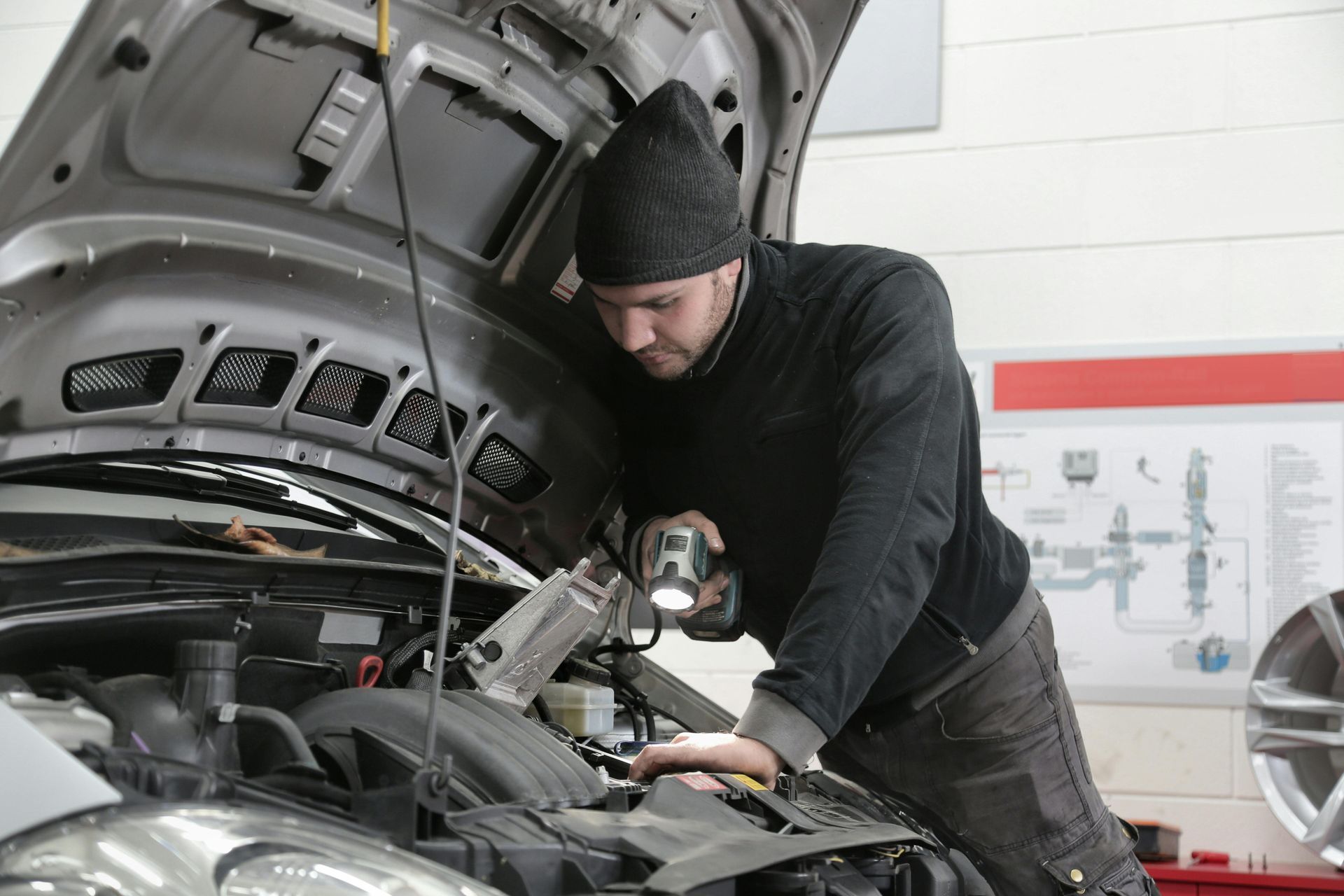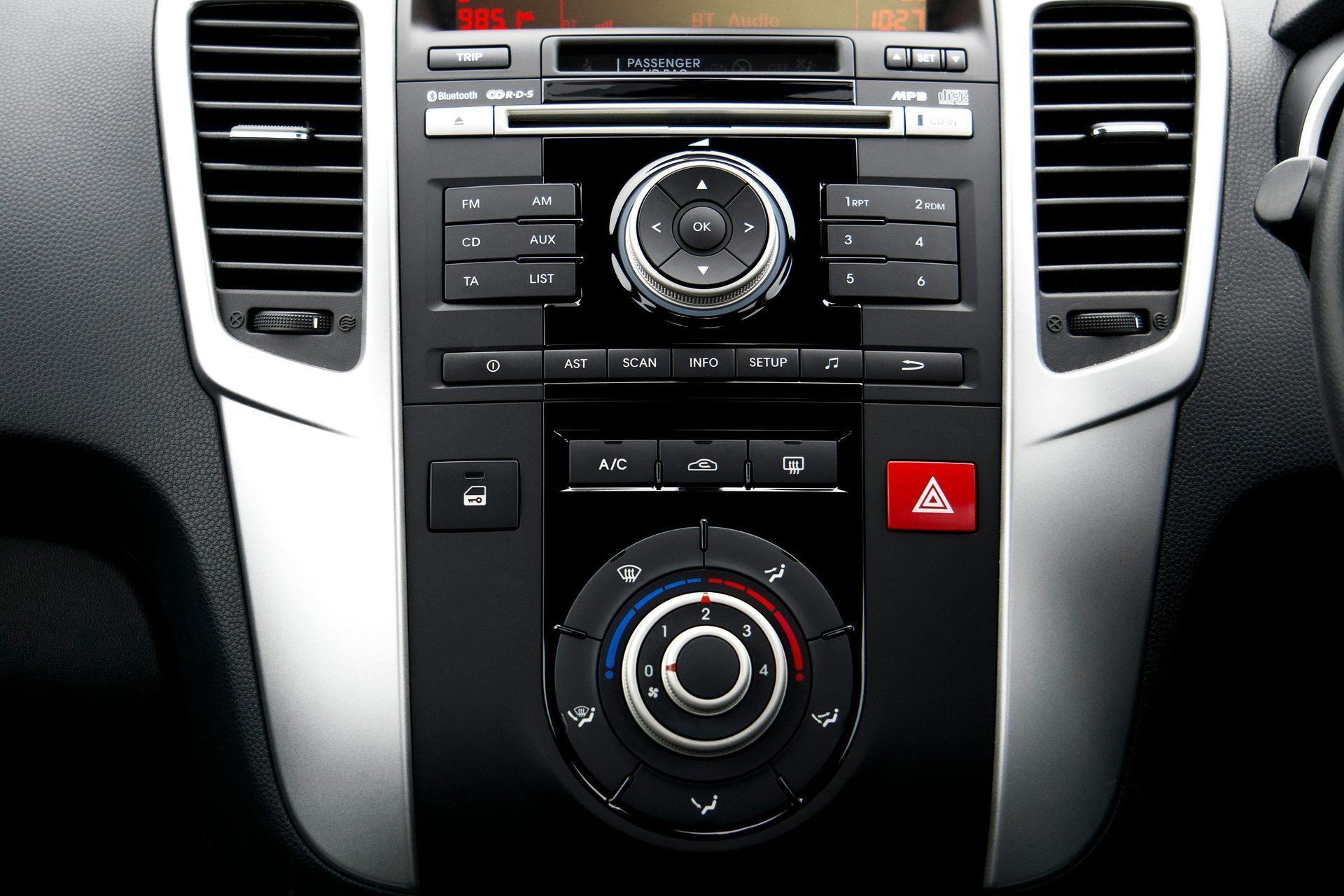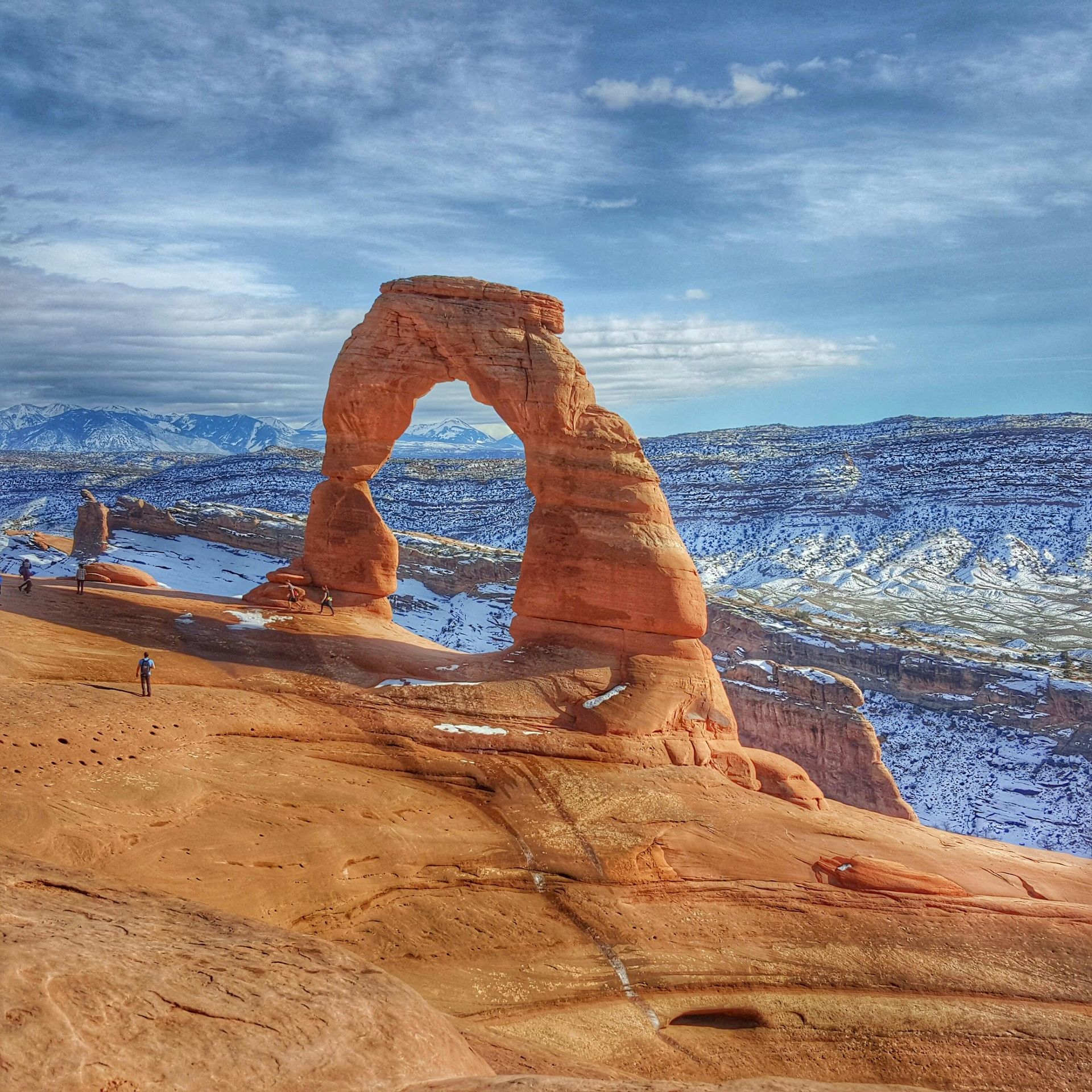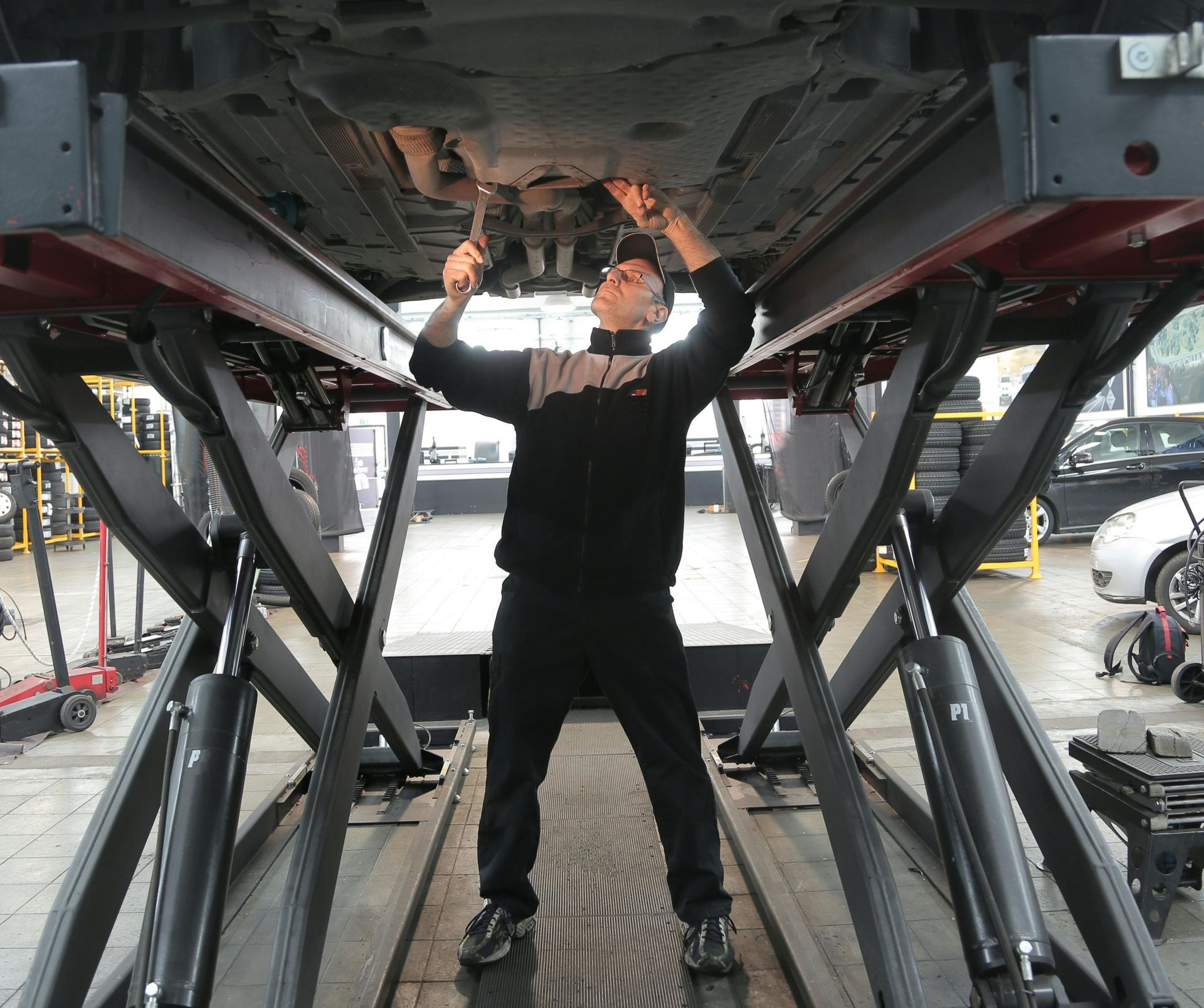Critical Vehicle Fluid Checks Every Salt Lake City Driver Needs to Know
Your vehicle relies on several essential fluids to operate safely and efficiently. In Salt Lake City's challenging climate—from scorching summer heat to freezing winter temperatures—proper fluid maintenance becomes even more critical. Regular fluid checks can prevent costly breakdowns and keep your car running smoothly through Utah's extreme weather conditions.
The elevation changes and temperature swings along the Wasatch Front put extra stress on vehicle systems. Hot summer days in the valley can reach over 100°F, while winter temperatures plummet well below freezing. These conditions affect how fluids perform and how quickly they break down.
Engine Oil: Your Vehicle's Lifeblood
Engine oil lubricates moving parts, reduces friction, and helps regulate temperature. In Salt Lake City's climate, oil works harder during hot summers and faces challenges when temperatures drop rapidly in fall and winter.
Check your oil monthly:
- Park on level ground and wait 5 minutes after turning off the engine
- Pull out the dipstick, clean it, and reinsert fully
- Remove again and check the oil level between minimum and maximum marks
- Look for dark, thick, or gritty oil that needs changing
Utah's dusty conditions and temperature extremes can cause oil to break down faster than in milder climates. Most vehicles need oil changes every 3,000-5,000 miles, but check your owner's manual for specific recommendations.
Warning signs of oil problems:
- Oil level below minimum mark
- Dark, thick, or metal-flecked oil
- Burning oil smell
- Engine knocking or unusual noises
Coolant: Protection Against Utah's Temperature Extremes
Coolant prevents your engine from overheating in summer and freezing in winter. Salt Lake City's dramatic temperature swings make proper coolant maintenance essential for reliable operation.
Modern coolant systems are pressurized and should be checked when the engine is cool. Look for the coolant reservoir tank, usually a translucent plastic container near the radiator.
Coolant inspection checklist:
- Check fluid level between minimum and maximum marks
- Look for proper color (usually green, orange, or pink)
- Watch for rust, debris, or oil contamination
- Inspect for leaks around hoses and connections
In Utah's climate, coolant should provide freeze protection down to at least -20°F. Have your coolant tested annually to ensure proper concentration and effectiveness.
Brake Fluid: Critical for Safe Stopping
Brake fluid transfers the force from your brake pedal to your wheels. This hydraulic fluid is essential for safe stopping, especially when driving Utah's mountain roads or dealing with sudden weather changes.
Brake fluid absorbs moisture over time, which reduces its effectiveness and can cause brake system corrosion. The fluid should appear clear to light amber in color.
Check brake fluid monthly:
- Locate the brake fluid reservoir (usually near the firewall)
- Check fluid level between minimum and maximum marks
- Look for proper color and consistency
- Watch for any signs of contamination
Replace brake fluid every 2-3 years or according to manufacturer recommendations. Utah's mountain driving and varying elevations put extra demands on brake systems.
Transmission Fluid: Smooth Shifting in All Conditions
Transmission fluid lubricates gears and enables smooth shifting. Many modern vehicles have sealed transmission systems, but those with dipsticks should be checked regularly.
For vehicles with transmission dipsticks:
- Check with engine running and transmission warm
- Ensure vehicle is on level ground
- Fluid should be bright red and smell sweet
- Dark, burnt-smelling fluid needs immediate attention
Salt Lake City's stop-and-go traffic and mountain driving can stress transmission systems. Regular fluid checks help identify problems early.
Power Steering Fluid: Easy Handling in City and Mountains
Power steering fluid helps you turn the wheel easily, whether parking downtown or taking mountain curves. Low fluid can cause steering difficulty and potential system damage.
Check power steering fluid:
- Locate reservoir (usually near the engine)
- Check fluid level with engine off
- Look for proper color (usually clear, amber, or red)
- Listen for whining noises when turning the wheel
Utah's winding mountain roads and tight city parking require reliable power steering. Keep fluid at proper levels for safe, easy steering.
Windshield Washer Fluid: Clear Vision Year-Round
Utah's dusty conditions, road salt, and varying weather make clean windshields essential for safe driving. Windshield washer fluid removes dirt, bugs, and road grime that can obstruct vision.
Washer fluid maintenance:
- Check reservoir levels monthly
- Use winter-grade fluid that won't freeze
- Keep extra fluid in your vehicle
- Clean washer nozzles if spray seems weak
Salt Lake City's elevation and mountain proximity mean you might encounter different weather conditions within a short drive. Clear windshields are crucial for safety.
When to Check Fluids
Create a monthly routine for checking vehicle fluids. Choose a consistent day, like the first Saturday of each month, to inspect all fluid levels. This regular schedule helps you catch problems early.
Best practices for fluid checks:
- Check fluids when the engine is cool (except transmission)
- Park on level ground for accurate readings
- Keep a flashlight handy for better visibility
- Record fluid levels and dates in a maintenance log
Utah's extreme weather conditions make regular fluid monitoring more important than in milder climates. Small problems can become expensive repairs if ignored.
Signs That Require Immediate Attention
Some fluid-related symptoms need immediate professional attention:
Stop driving immediately if you notice:
- Engine temperature warning lights
- Complete loss of brake pedal pressure
- Steering wheel becomes extremely hard to turn
- Engine oil pressure warning lights
Schedule service soon for:
- Gradual fluid loss requiring frequent top-offs
- Discolored or contaminated fluids
- Unusual smells (sweet, burnt, or chemical odors)
- Puddles under your parked vehicle
Professional Fluid Services
While checking fluid levels is something most drivers can do, changing fluids requires proper tools, disposal methods, and expertise. Professional service ensures fluids are changed correctly and old fluids are disposed of properly.
Regular professional fluid services also include system inspections that can identify potential problems before they cause breakdowns.
Keep Your Vehicle Running Smoothly
Regular fluid checks are one of the most important things Salt Lake City drivers can do to maintain their vehicles. Utah's challenging climate makes proper fluid maintenance essential for reliable operation and safety.
Don't let fluid problems leave you stranded on a Utah highway or mountain road. The experienced technicians at Jones Complete Car Care provide comprehensive fluid services and system inspections. Our ASE-certified team knows how Utah's climate affects vehicle fluids and can help keep your car running smoothly year-round.
From routine fluid changes to system repairs, we handle all your vehicle's fluid needs. With convenient locations in Salt Lake City, Taylorsville, and Clearfield, professional fluid service is always nearby.
Schedule your fluid service today by calling (801) 896-9743 or booking online. Keep your vehicle's vital fluids in top condition and drive confidently through Utah's diverse weather challenges!
